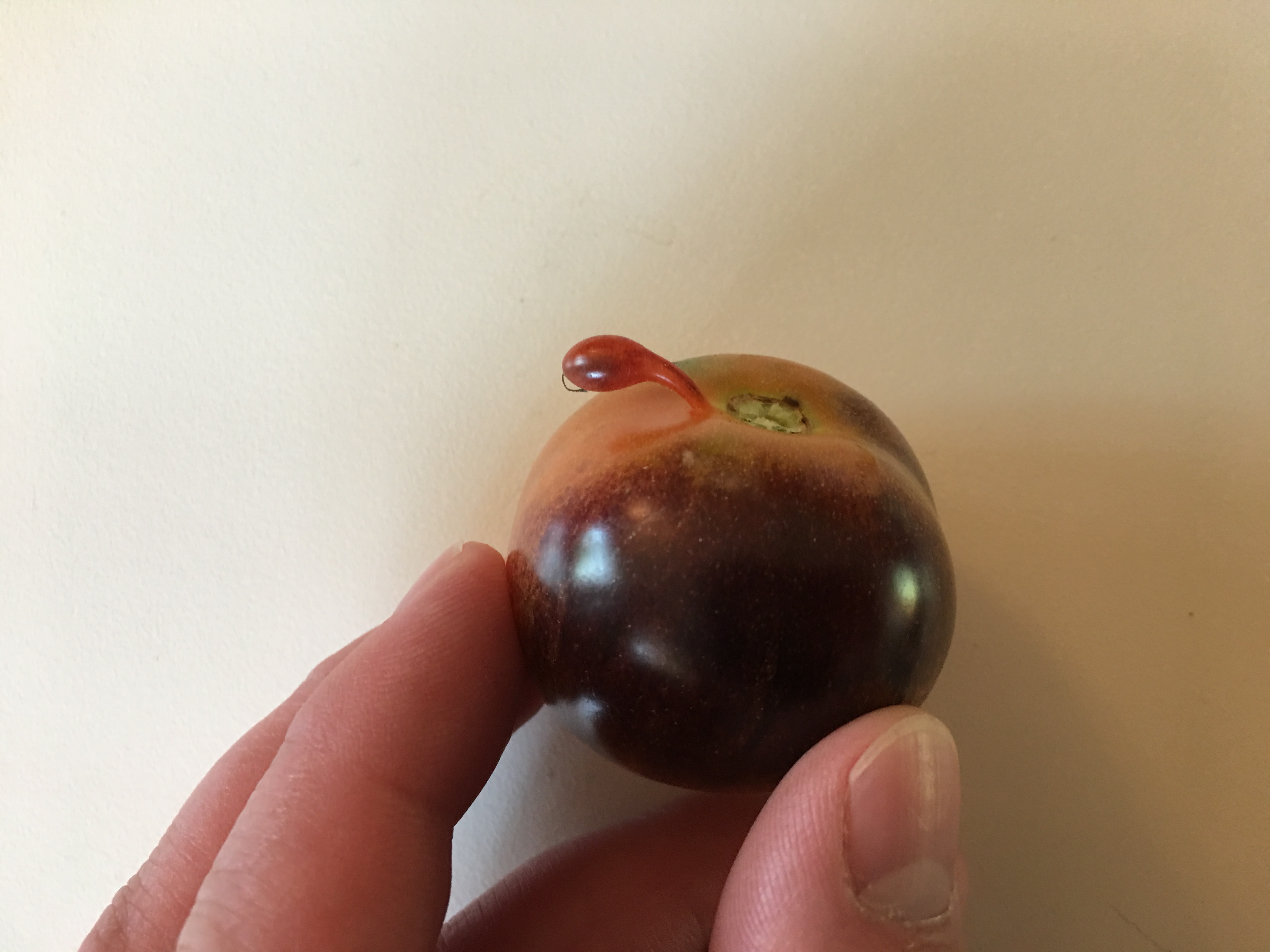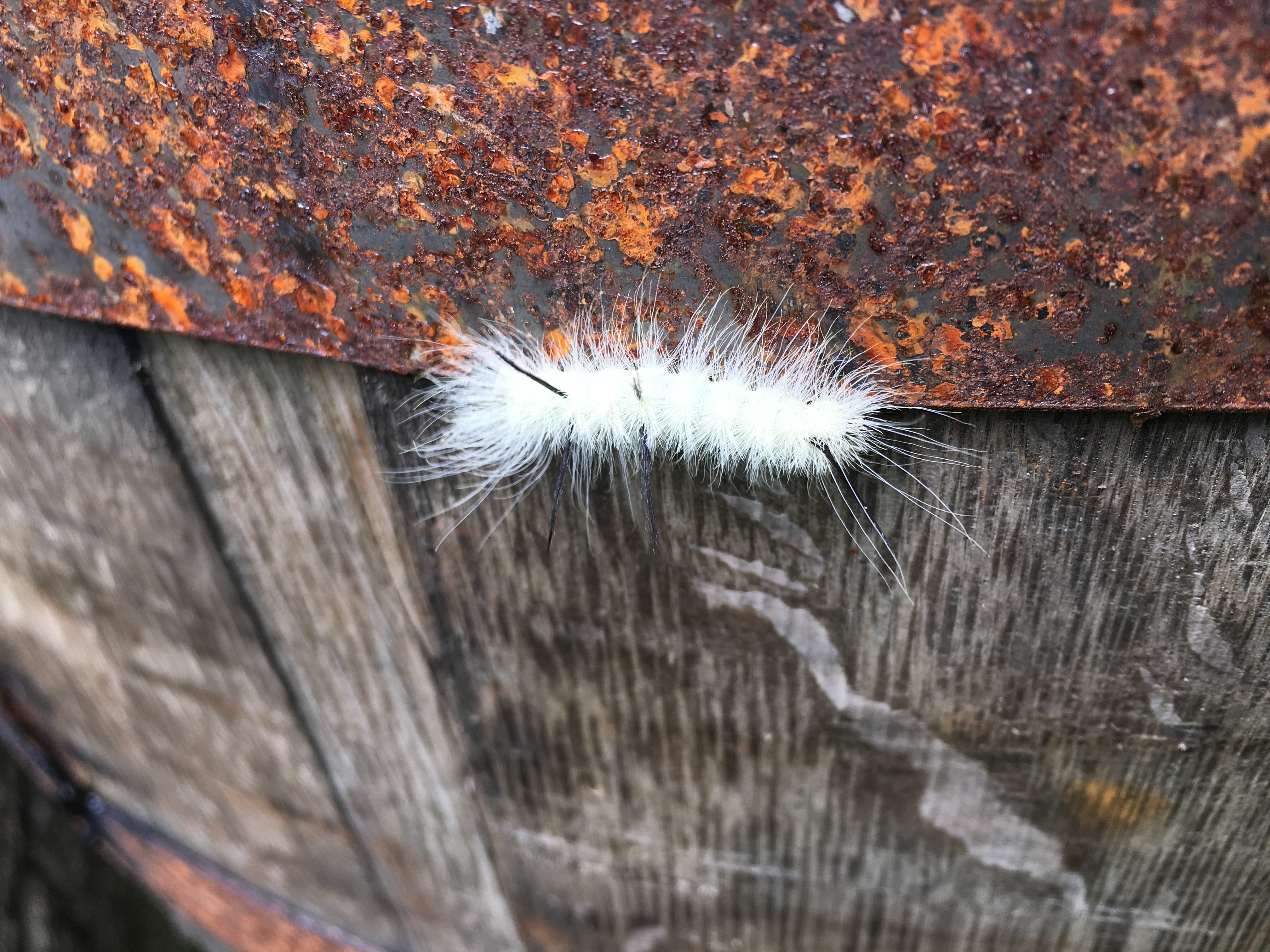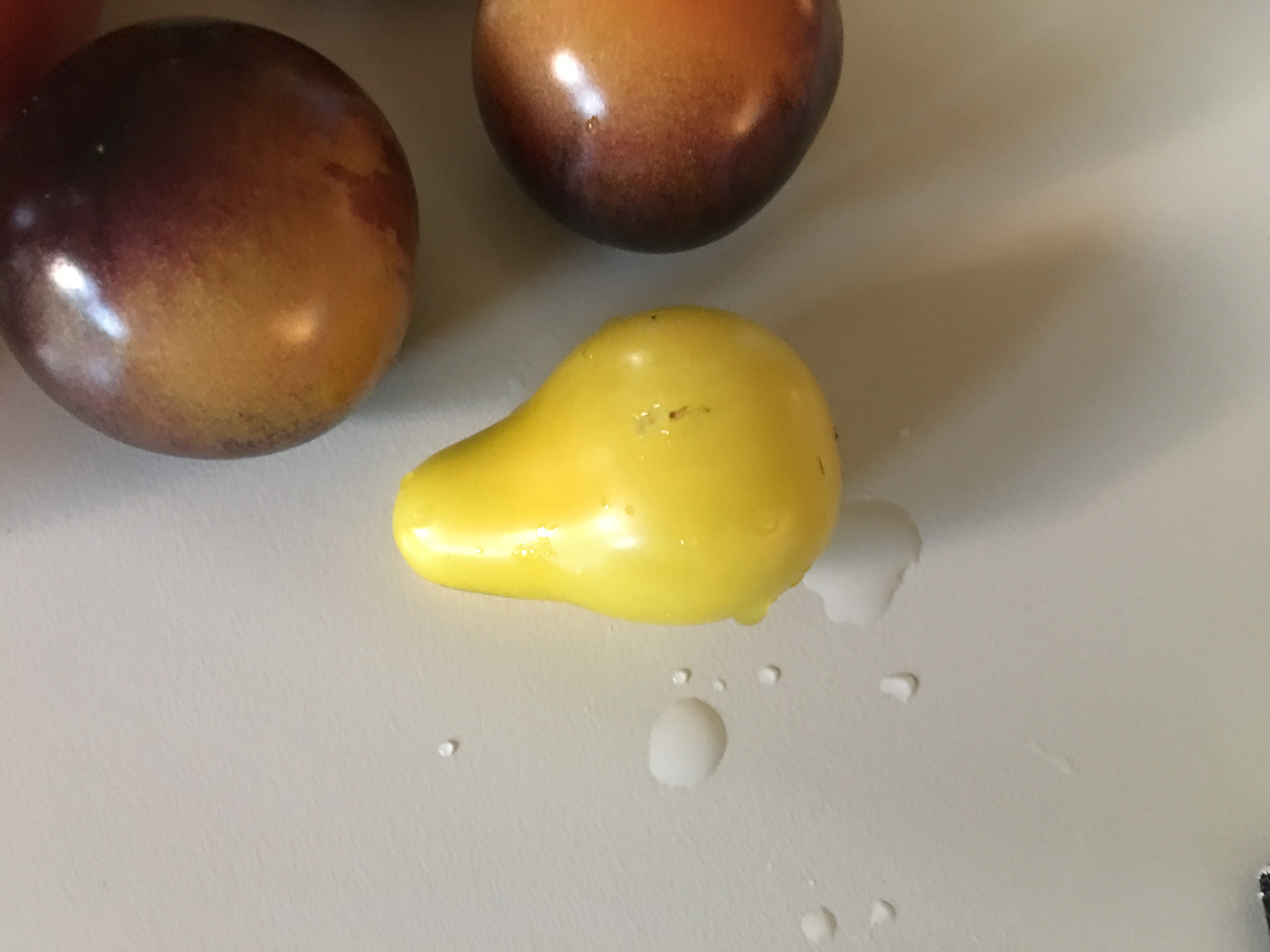I was picking tomatoes, as I’ve been know to do, and recoiled at this unpleasant sight:

It looks like it had an aborted twin. Yuck. Naturally, I took to the Internet for information. Unfortunately, the seconds I spent on this avenue of research did not yield any scientific articles on this phenomenon (Google thought I wanted to know about tomatoes being used in cancer research), but I did successfully establish the commonality of this scenario among gardeners. One gentleman had posted this:
He even went so far as to make it an annual event, and posts the winning tomato’s picture from his self-hosted contest. Funny people, bloggers.
But all I could think about was the “I’m a tumor I’m a tumor” song.
–Simon








